About Dissolution Filters
Dissolution Filters
Sometimes referred to as Cannula Filters, PoroPlast Filters, Full Flow Filters, Depth Filters or simply Dissolution Filters, they are all essentially the same thing. The majority of filters are manufactured from porous Polyethylene or porous PVDF and are designed to fit on the end of a sampling cannula. That requires that the hole in the filter is exactly correct for the diameter of sampling cannula used. Typically this will be 1/16" or 1/8" except for VanKel which is slightly different and Distek which uses a disc rather than tube shaped filter.
Variations in the filter shapes and designs can be seen below.
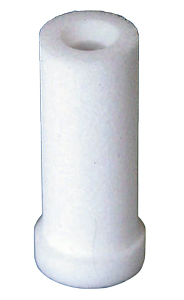 |
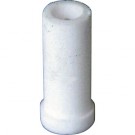 |
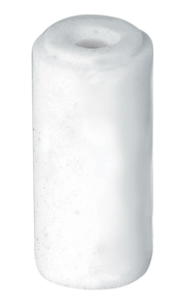 |
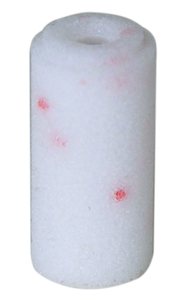 |
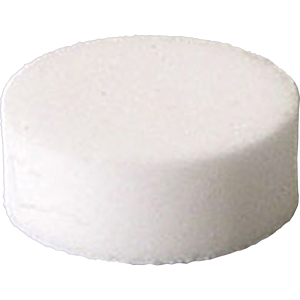 |
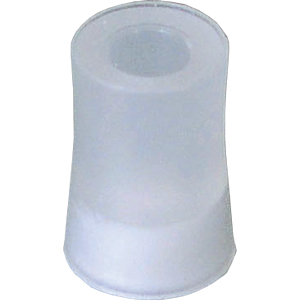 |
|
1/8" Standard |
1/16" Standard Filter |
VanKel Style Filter |
Filter with Colour |
Distek Style Disc Filter |
Filter Tip |
The quality of filters can be variable. Some materials may leach impurities more than others and a good starting point is to use a filter which is certified and contains no heavy metals.
Filter Porosity
Dissolution filters are available from 1um up to 70um porosity. The porosity quoted is an 'average' porosity and not an absolute because of the nature of the material. Thus a 35um filter will allow some particles to pass that are larger than 35um and will also stop some smaller particles.
In general the choice of porosity will be determined by the sample. If it is too high then un-dissolved particles will pass through the filter and affect the results by dissolving in the sample container rather than the vessel, giving a high result. It also means that those particles have been removed from the vessel resulting in low results subsequently. If it is too low then the flow rate may not be sufficient and cavitation can occur, particularly with automated systems
The easiest way to test if particles are passing through the filter is to take a sample, test the concentration immediately, and again after shaking the sample for a suitable amount of time to ensure any particles have been dissolved. If the concentration does not change then it is fair to assume that no particles are present in the sample. A suitable amount of time will depend on the dosage form, slow or fast dissolving.
As a point of principle, when sampling through a filter, it is wise to back flush the filter with a small amount of the sample, to wash any particles back into the vessel that maybe stuck on the filter surface. This avoids sampling through those particles next time which could result in an artificially high reading.
If your analysis is to be performed by HPLC then an additional filtration step should be used at 0.45um or 0.2um to protect the column. There may be a temptation to use a syringe filter as a single step from the dissolution vessel. If the dissolution requires only a single time point then this maybe OK, but for multiple time points it is not advisable to remove the particles from the vessel.
Filter Adsorption
Before a filter is used with any new dosage form, a test needs to be performed to ensure that the active ingredient is not adsorped onto the filter material itself. Simply filter some standard solution to check if the concentration is reduced against the unfiltered standard. If it is then adsorption has occured.
In such cases one theory is to discard an amount of sample each time before a reading is taken, but that is dependent on the concentration, and in the early stages of dissolution could be a significant amount. The alternative is to use an another filter material such as PVDF for example if Polyproylene is causing a problem. Poor quality PE filters are more likely to cause an issue, and properly tested and certified filters are advisable.
Contamination from Filters
In some cases it is possible that the filter material itself can contaminate the sample. To check for that, take an aliquot of blank media, measure that, and then push through the filter and measure again. If there is any change then the filter will be the reason.
It is important to note however that properly certified filters will exhibit batch to batch consistency, but non-certified material may vary from batch to batch thus making it difficult to obtain reliable results over the longer term.
Next Page - About Dissolution Sampling
Useful Links
Certificate of Conformance for QLA Filters


